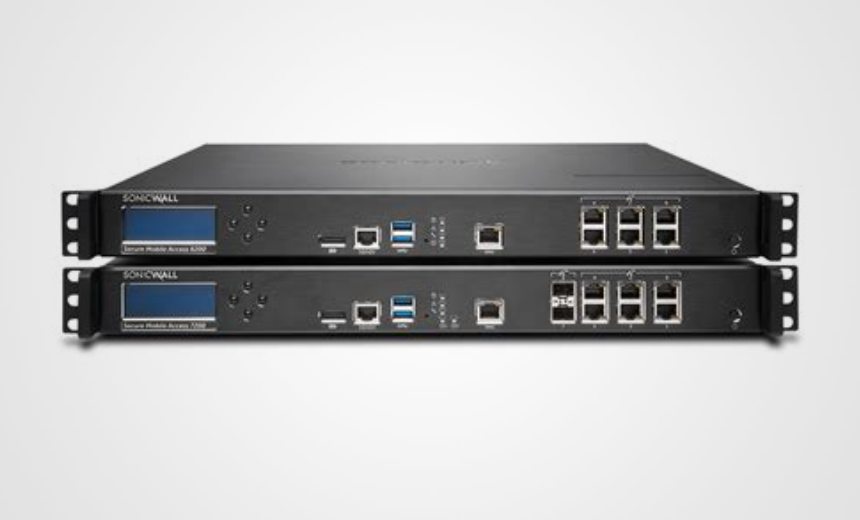Network Firewalls, Network Access Control,
Security Operations
Critical Preauthentication Deserialization Vulnerability in SonicWall Devices May Lead to Remote Code Execution

A serious vulnerability has been identified in SonicWall Secure Mobile Access appliances, prompting software vendors and national cybersecurity agencies to advocate for urgent remediation. The flaw, discovered days ago, enables unauthorized remote code execution on compromised devices and has been linked to ongoing cyber exploitation.
Identified as CVE-2025-23006, this preauthentication deserialization flaw was unearthed by Microsoft, which reported that malicious actors could exploit the vulnerability without needing user authentication. SonicWall has cautioned its customers that devices running vulnerable firmware versions with exposed administrative interfaces are particularly susceptible to attack.
The targeting of cybersecurity devices positioned at the network edge has intensified, reflecting a disturbing trend in which attackers are increasingly leveraging weak design and supply chain vulnerabilities. A rise in incidents throughout 2023 has highlighted the dangers posed by improper exposure of operational interfaces (see: Surge in Attacks Against Edge and Infrastructure Devices).
Beyond immediate threats to operational security, the SonicWall Secure Mobile Access 1000 series’ management consoles, acknowledged in recent alerts, are capable of deserializing untrusted data, introducing another layer of risk for user environments. Analysis indicates that over 2,000 of these devices have been exposed to the internet, with the majority located in the United States, followed by significant counts in Germany and the United Kingdom.
In response to this alarming development, the U.S. Cybersecurity and Infrastructure Security Agency (CISA) added this vulnerability to its Known Exploited Vulnerabilities Catalog. Strong advisories have also been issued by German and Irish cybersecurity bodies, urging users to apply the necessary patches immediately. Security firm Tenable has indicated that the risk of exploitation is likely to increase as soon as proof of concept code for the vulnerability is publicly available.
In a larger context, this incident can be related to various MITRE ATT&CK techniques, notably initial access and privilege escalation tactics. Attackers may exploit this vulnerability as an entry point into corporate networks, allowing for further attacks to compromise system integrity. Based on the severity and nature of the vulnerability, businesses are advised to take prompt action to mitigate potential risks associated with this concerning flaw.
